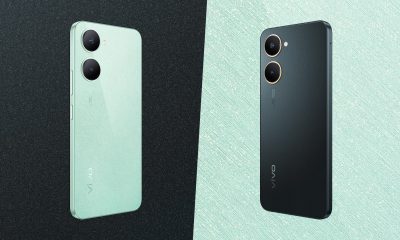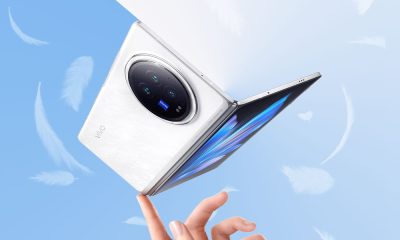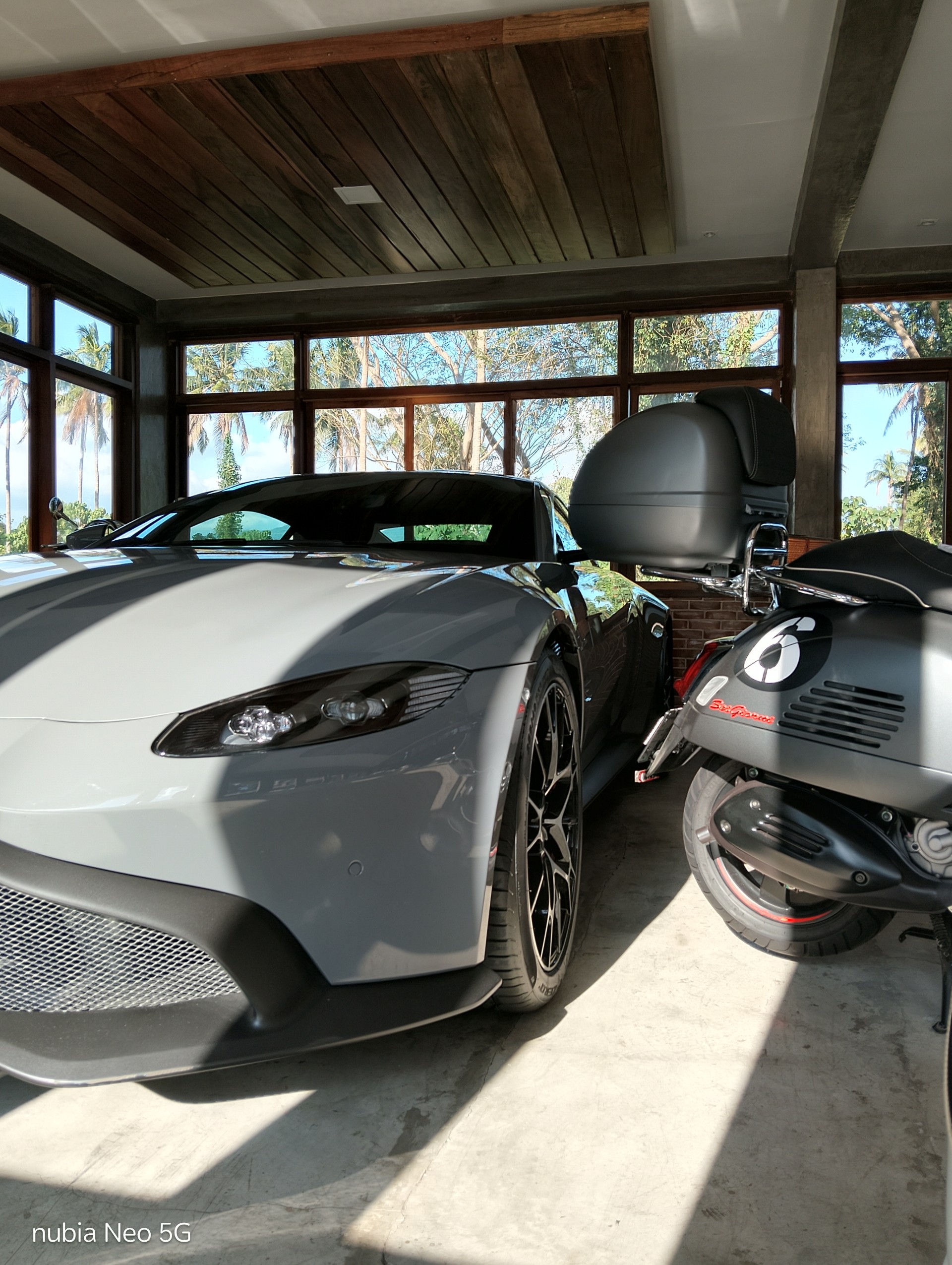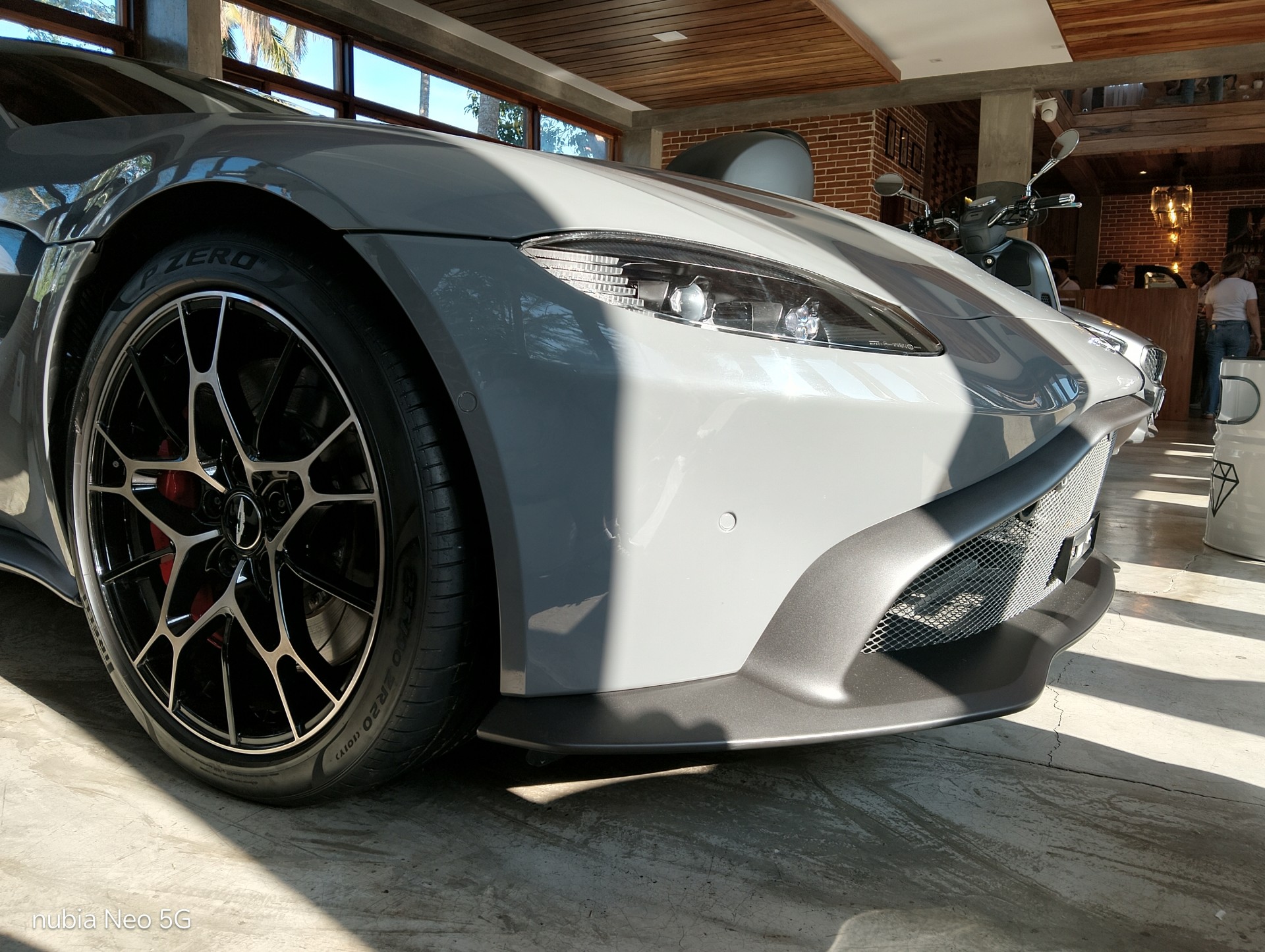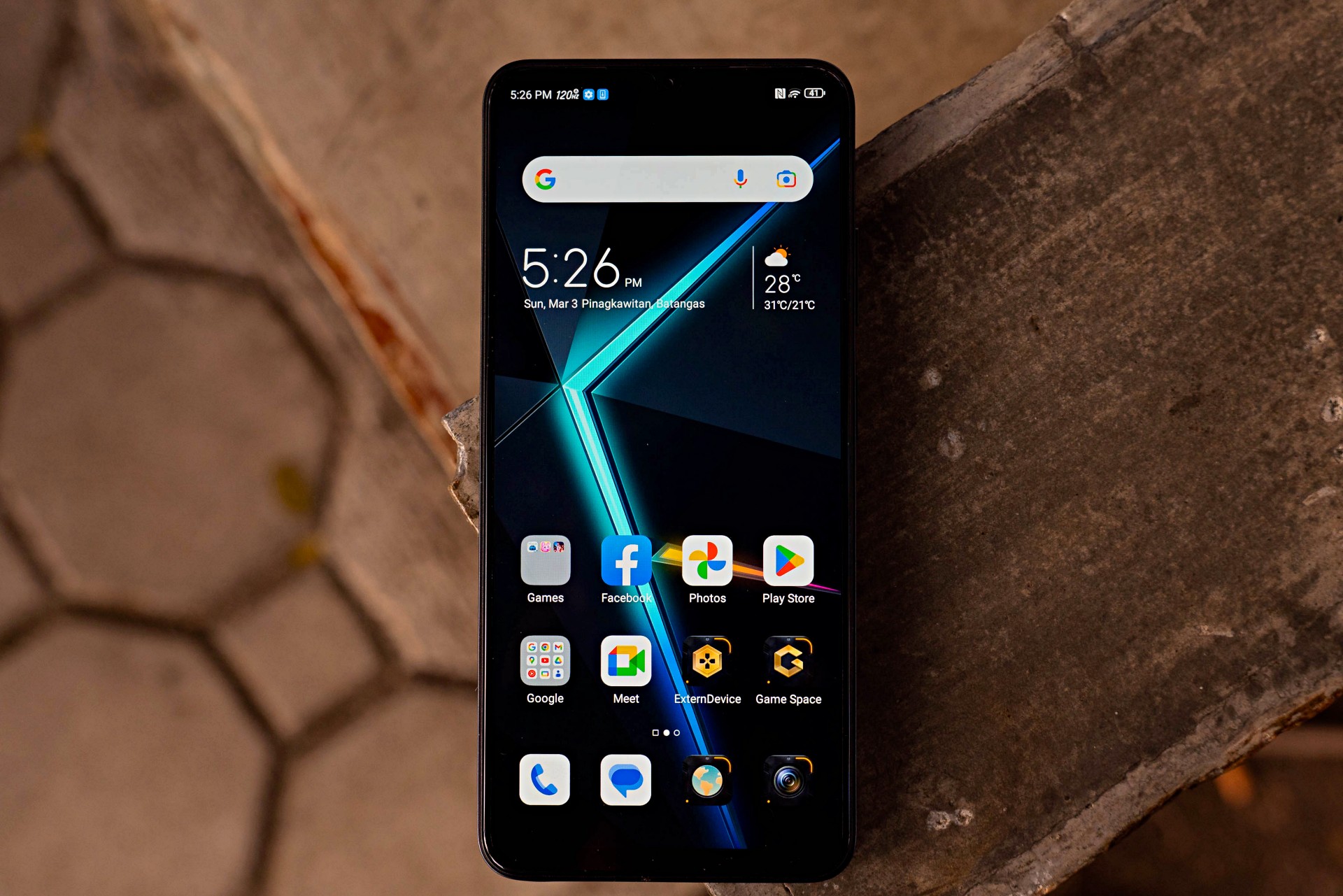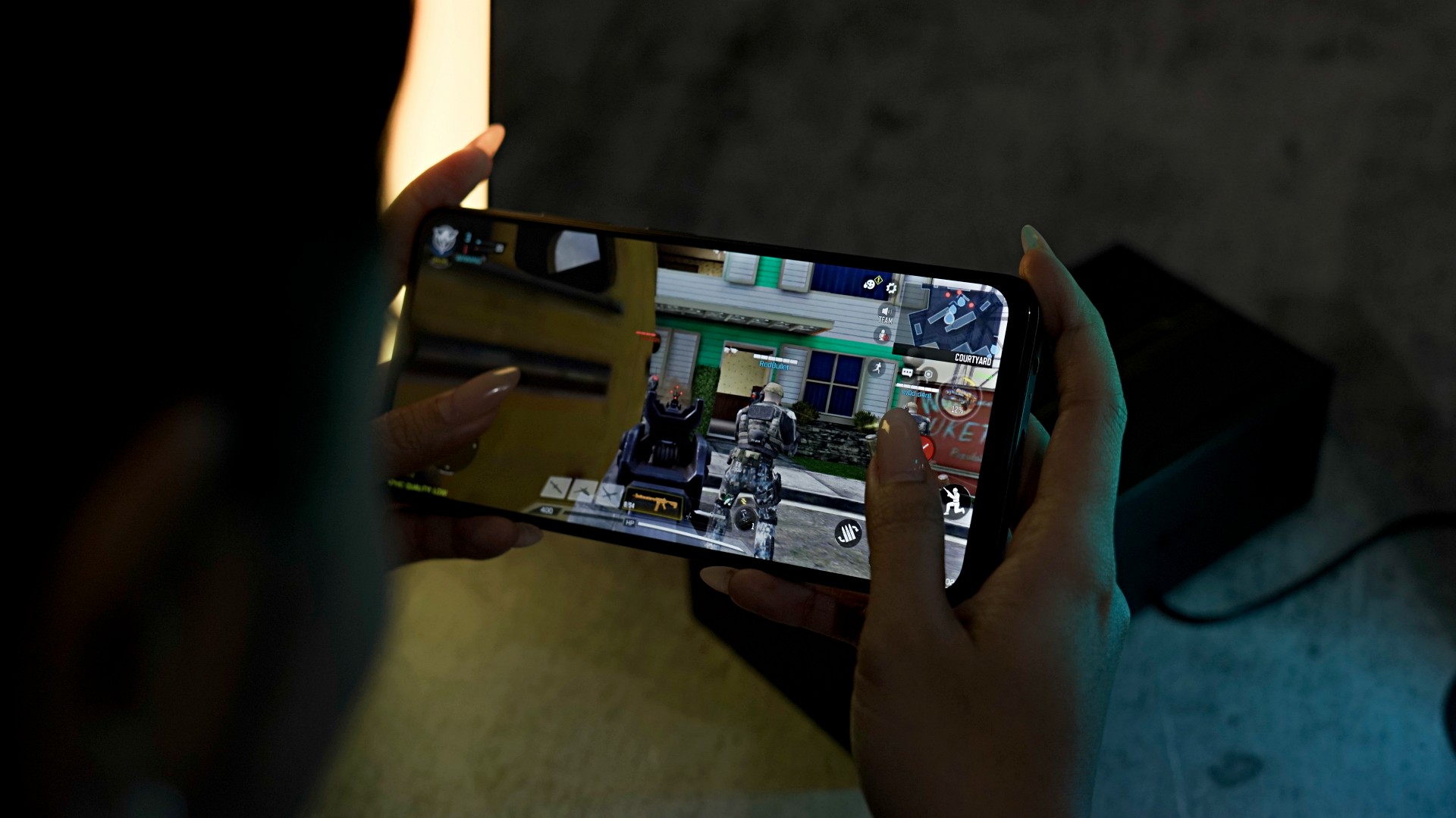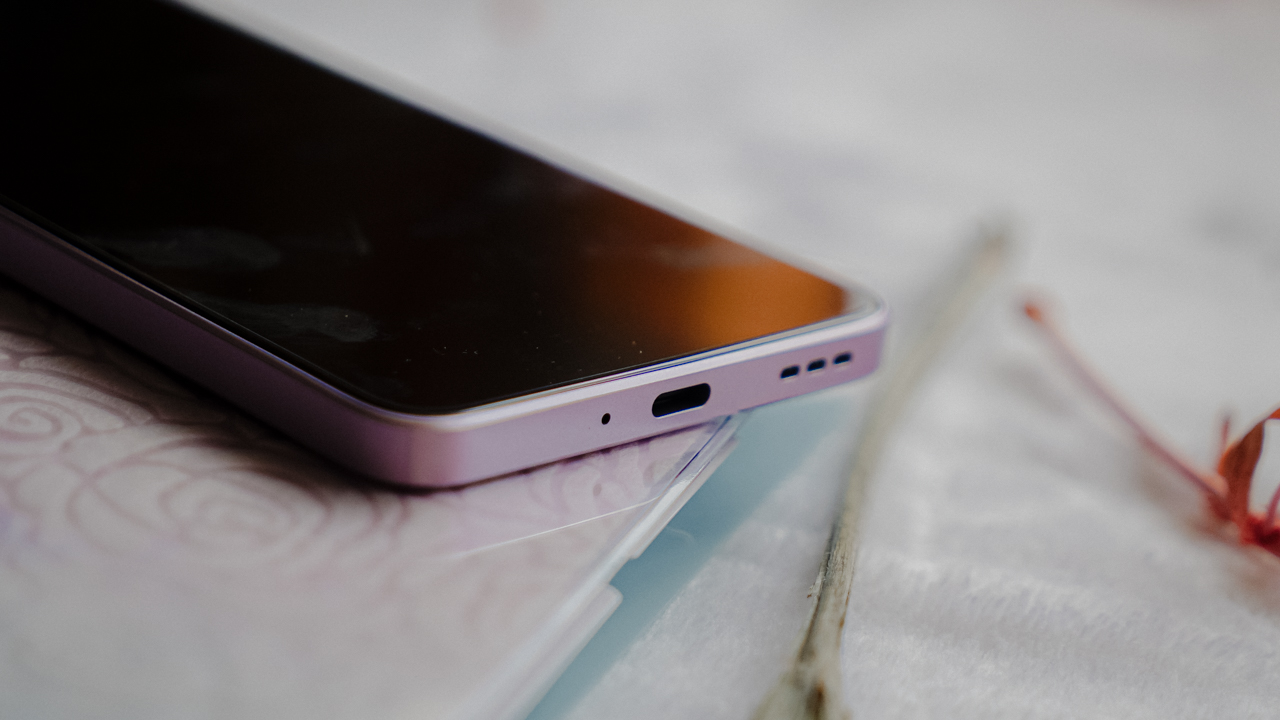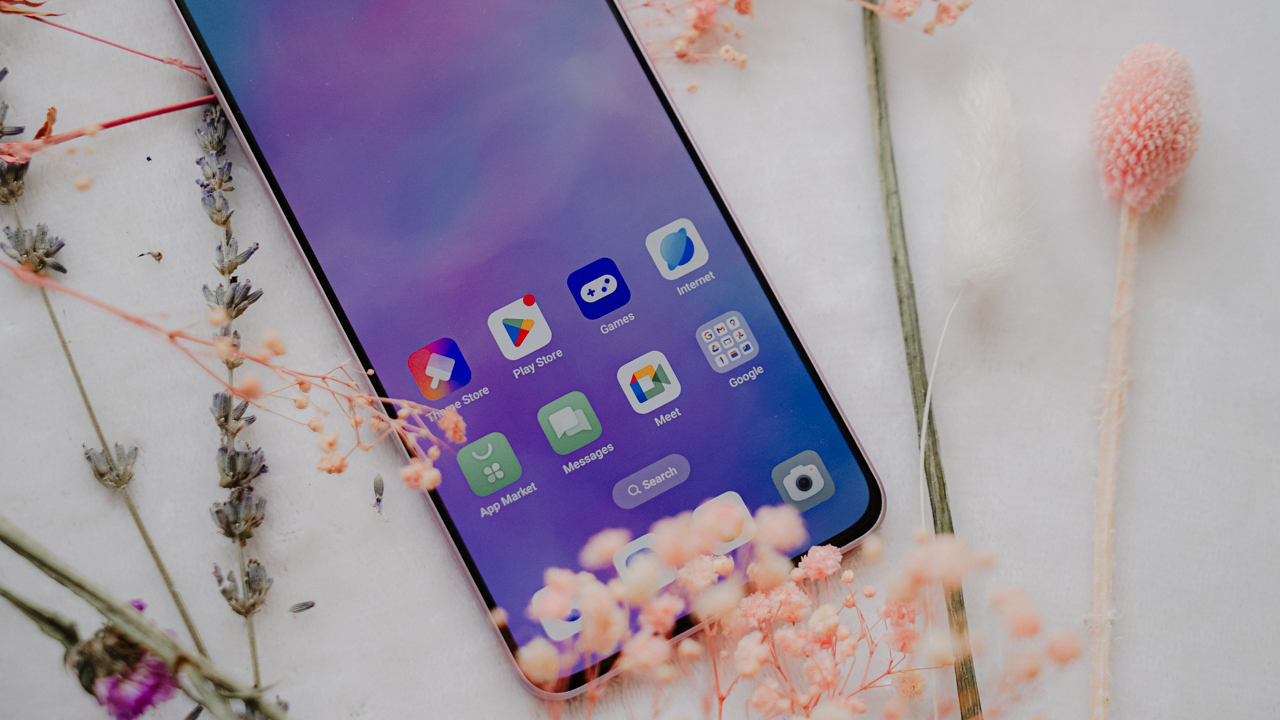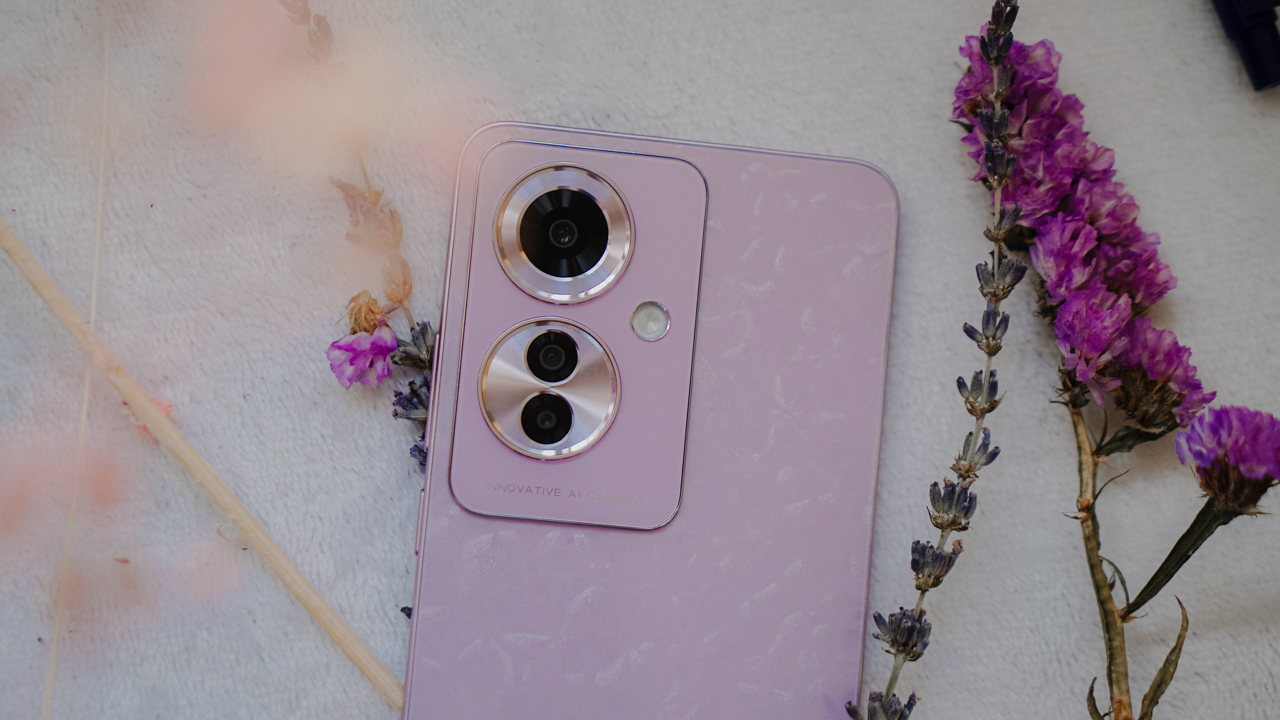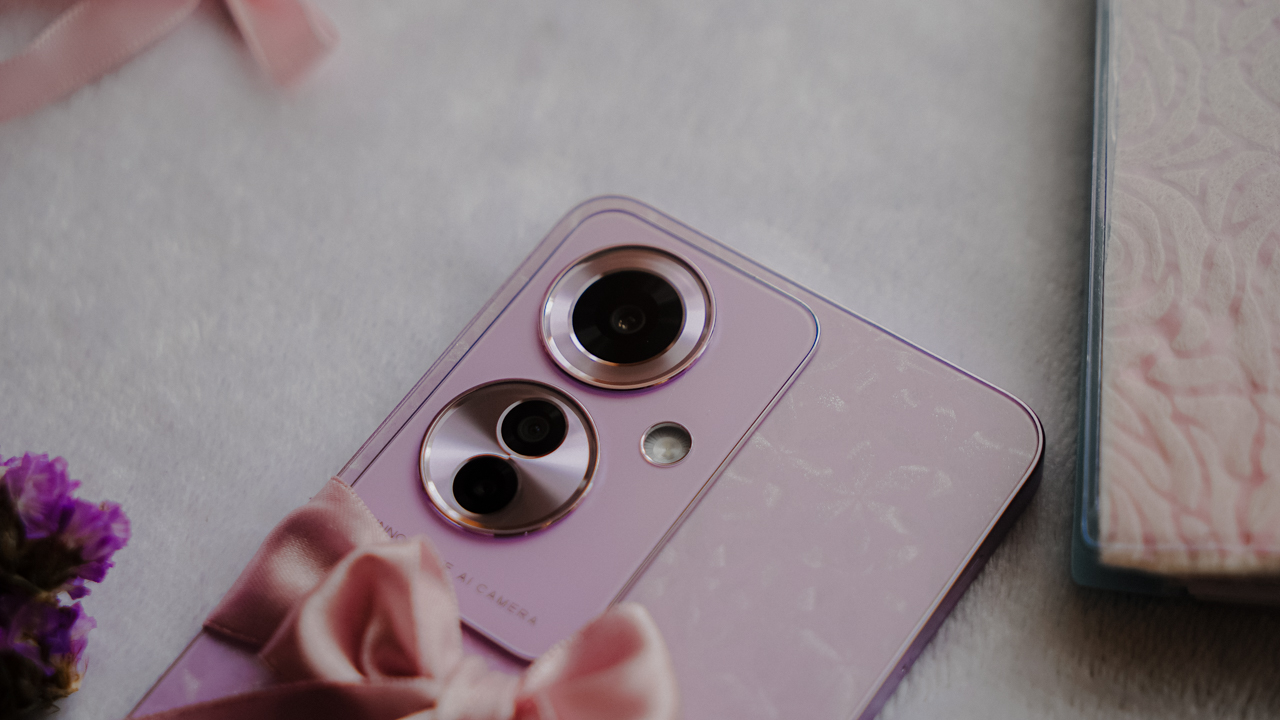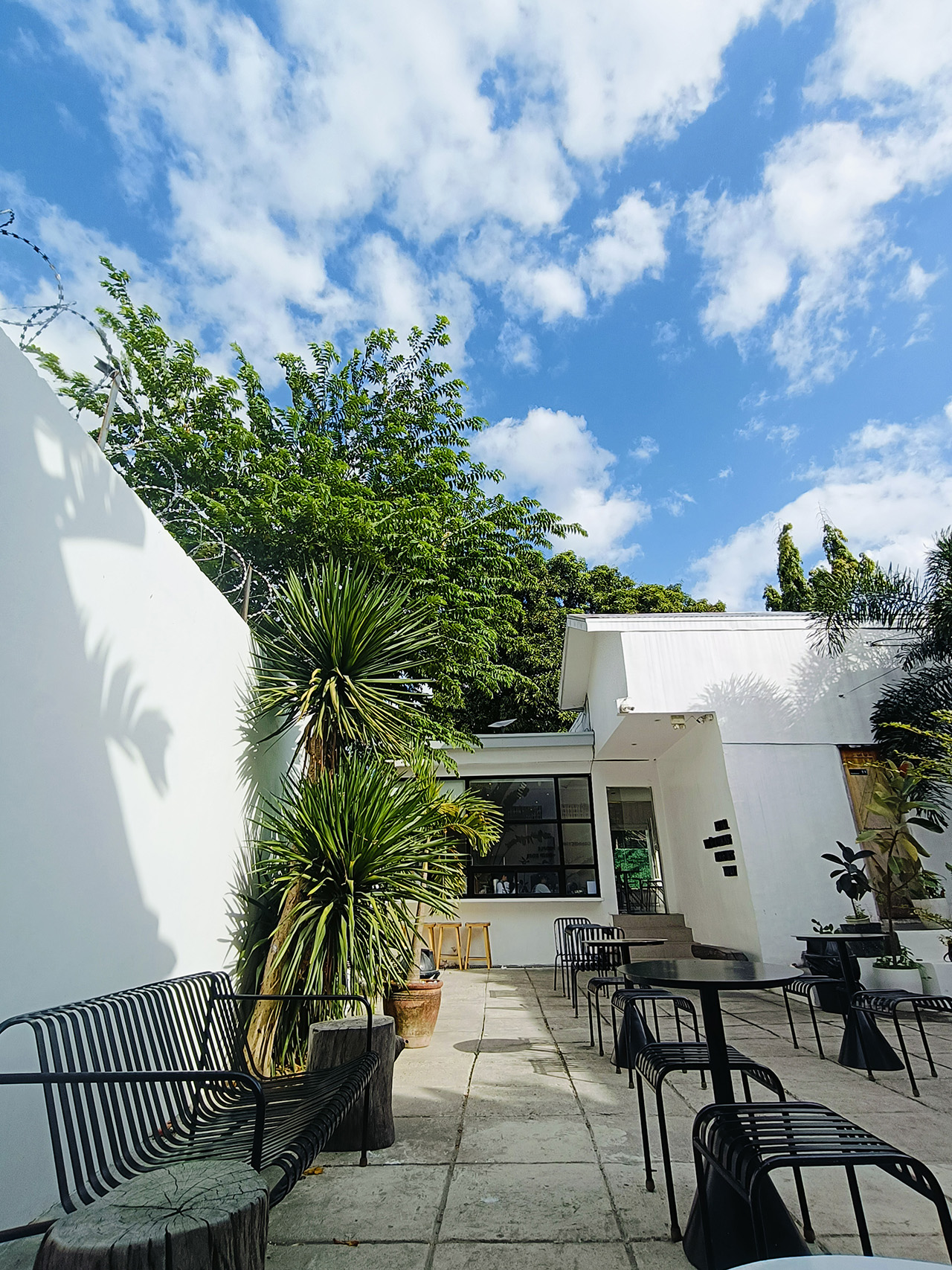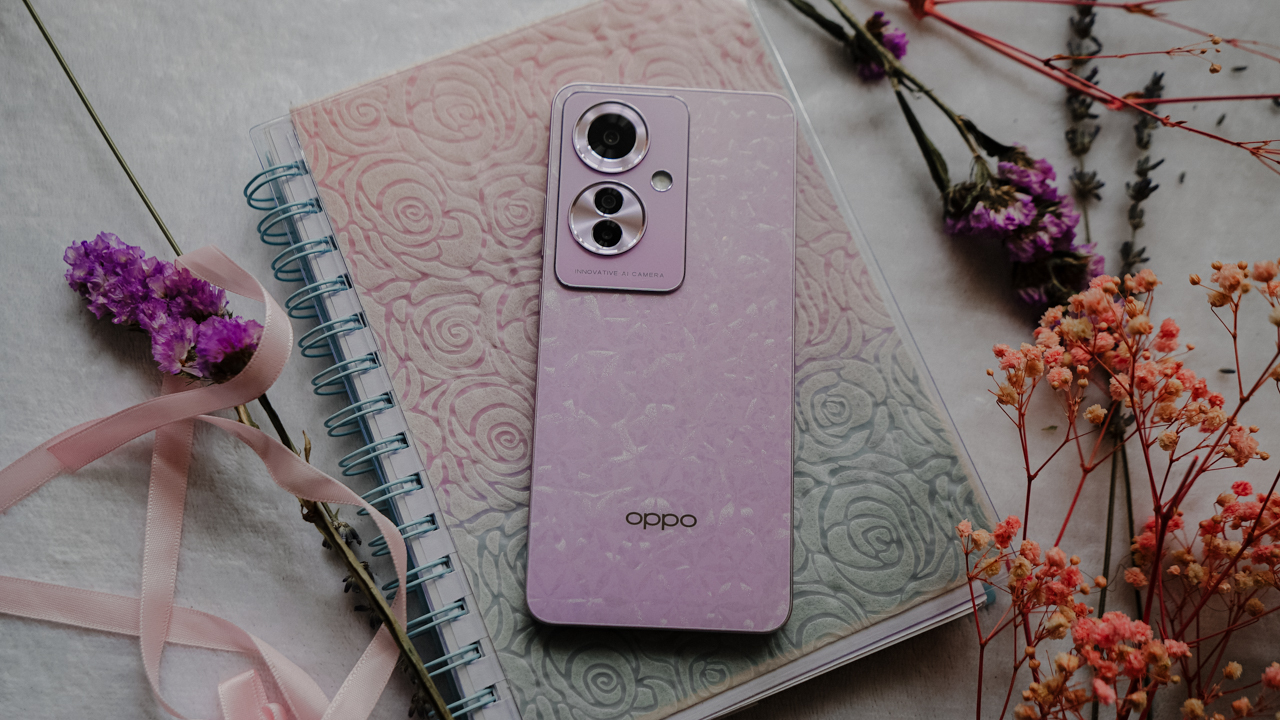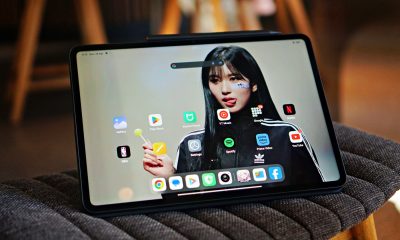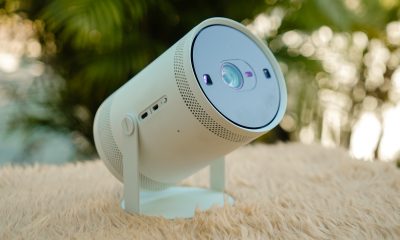

Successors should be better than their predecessors and the Vivo V9 improves in a lot of aspects compared to the V7+. The V9 comes with a bigger display, faster processor, dual cameras, and a new body. But how much better is the V9 as a successor and as a new phone in the midrange market?
The phone looks gorgeous thanks to its 6.3-inch bezel-less display

It does look like an iPhone X
A notch is needed to make the display more immersive

No complicated setup here; just the selfie camera, sensors, and earpiece
The buttons for volume and power are on the right side

They’re pretty slim but tactile
While on the left is the triple-card tray

Two nano-SIMs and a microSD card for the win!
It still uses a micro-USB port for charging

It’s already 2018 and this is not the future. Where art thou, USB-C?
The back is glossy plastic and houses the dual cameras and fingerprint reader

Looks like glass at first until it gets smudged with prints
The display makes all the difference
The first thing you’ll notice about the V9 is its display. It looks like an iPhone X and most, if not all, upcoming Android smartphones will look like this. Anyone unfamiliar with the notched display trend will mistake the new Vivo phone as the latest iPhone. The crowning glory of the V9 is its 6.3-inch screen and improved 400ppi resolution. It’s sharper than the V7 and is on par with all midrange phones — even flagships.

Thanks to the bezel-less display, the V9 doesn’t feel as large as it looks but we’re not digging its overall design. The front is definitely a treat, although we need to talk about the back. From cold aluminum, the rear is now glossy and feels plasticky. It’s a fingerprint magnet, smudges easily, and will definitely get scratches after a week of use and abuse. Vivo threw in a soft protective case in the box but doesn’t make the phone feel any more premium.
Just a slight performance upgrade from the V7+
When the V7+ launched six months ago, people were skeptical about its processor which is a Snapdragon 450. Bashers were quick to judge about the position of the Snapdragon 450 in the chain but little did they know that it’s in the same league as the popular Snapdragon 625. With the V9, Vivo went back with the Snapdragon 600 series using the new Snapdragon 626 processor which is also found on the Moto Z2 Play.

The impact of the upgrade to the phone’s performance is pretty minimal since it’s just slightly faster. The V9 operates smoothly with no lag whatsoever during our time with the phone. With the generous 4GB of memory, there’s room for multiple apps to run at the same time which means you can switch between them easily. Browse Facebook, Twitter, and Instagram simultaneously and there’s still enough memory left for games that you can just pause and get back to whenever you want.
Thankfully, it has Android 8.1 Oreo out of the box but still skinned with Funtouch OS 4.0. Vivo’s customization is far from the usual look of Android and it’s more like iOS. This is also one of the reasons why the V9 looks very much like an iPhone X.
There are now dual rear cameras, finally
The V9 is the first model in the V series of Vivo to have dual rear cameras. There’s a main 16-megapixel sensor and a 5-megapixel secondary sensor on board the V9. Unlike with premium dual-camera phones though, the additional sensor of the V9 is merely for depth-sensing to enable certain effects like bokeh and portrait mode — no optical zoom, no dramatic monochrome shots. Also, 4K recording is now possible.
Here are some samples:
The V9 has a 24-megapixel front camera making it another selfie-centric phone and AI is now available on the V9 as well, at least for selfies. There are different levels of beauty modes depending on your preference or you can let AI do the work for you.

AR stickers have found their way to Vivo but they’re not the same as Samsung’s AR Emoji and Apple’s Animoji. They’re more like Snapchat or Instagram Story filters. No worries, they’re still fun to use when you feel quirky.

So far, the V9’s cameras shoot great photos. The quality may not be the same as those from flagship phones, especially in low-light, but they’re above average. We’ll shoot more photos for the review.
Initial impression is good
With our few days with the V9, we can say that this could be Vivo’s best midrange offering yet. We’ll reserve our final thoughts in our full review but so far, so good.

That’s it for now. We’ll take the V9 for a full spin in the coming days to give you more insights about Vivo’s new phone. Is there anything specific you’d like to know about the V9? Hit the comments section below and we’ll include them in the review.


I’ve got a new favorite pair of headphones.
They look good, sound good, last long, are compact and portable.
Most of all? They are from a brand that I truly love.
But I’m getting ahead of myself.
Here’s are V Major reasons why I love the new Marshall Major V!
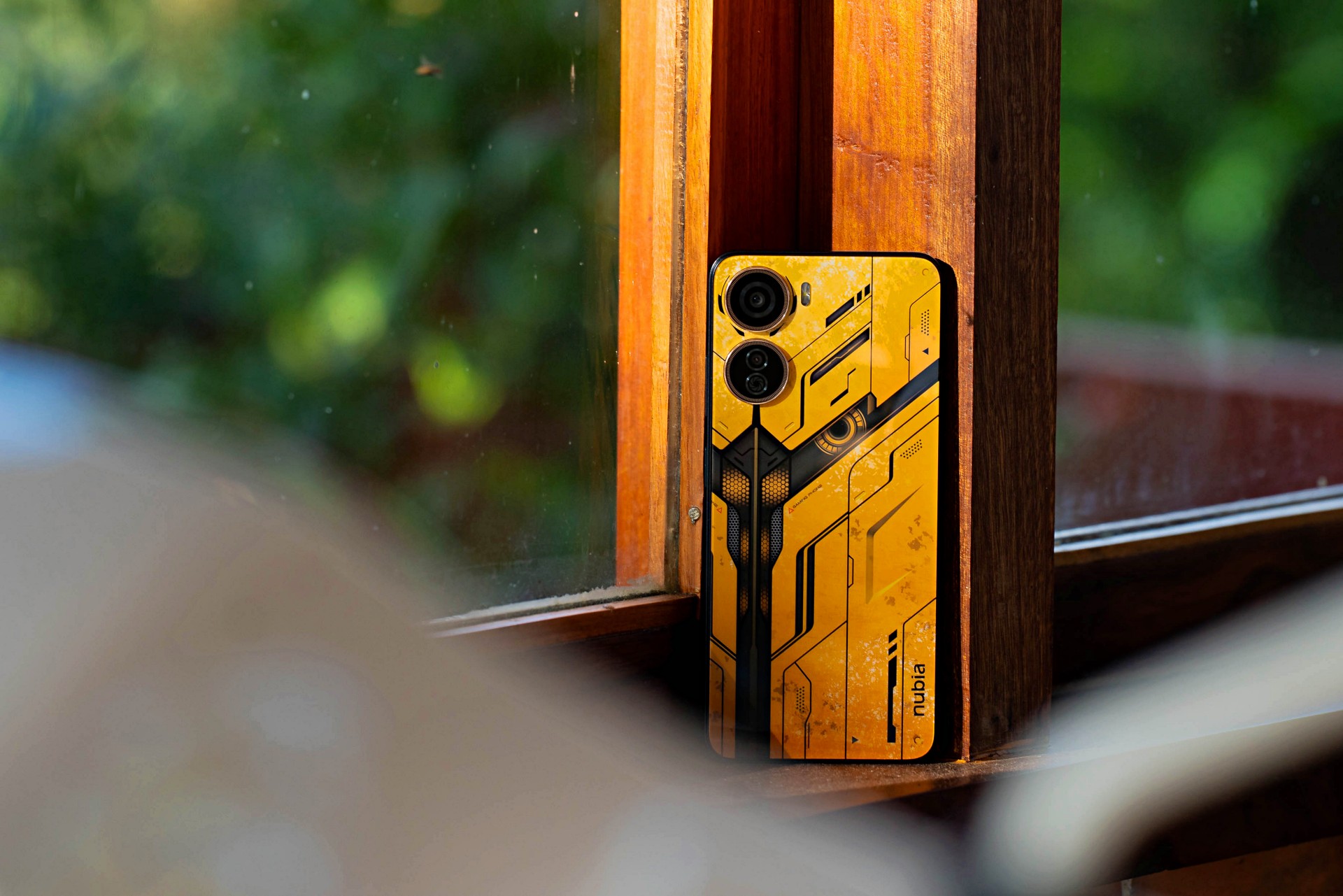
If you’re looking to buy a smartphone specifically for gaming, you’ll typically need to shell out more. You have to spend extra for capable hardware and software to fuel the mobile gaming experience. That doesn’t mean manufacturers aren’t trying their best to bring more affordable gaming phones to customers. Enter the ZTE nubia Neo 5G.
Known for their higher-end devices like the Redmagic series, ZTE introduced a budget-level choice that promises better gaming for all. Appearance-wise, it straight up looks like a gaming phone. But does it really deliver on being a great value device for mobile gamers?
ZTE nubia Neo 5G specs
- Unisoc T820 chipset, up to 2.7GHz
- Android 13
- 8GB+10GB RAM
- 256GB RAM
- 6.6-inch FHD+ display
- 120Hz refresh rate
- 50MP main camera + 2MP depth camera, 8MP front camera
- 4,500mAh battery
- 22.W fast-charging
- 3.5mm jack
- 2 SIM card slots
On paper, the ZTE nubia Neo 5G has the usual specs expected of a smartphone of its price point. There’s the usual 50MP main camera, FHD+ display, and and even a 3.5mm jack. On the positive end, it differs from other competitors by offering a higher refresh rate and a more spacious internal storage. However, it has a smaller battery capacity and a slightly slower “fast-charging” output.
WATCH: ZTE nubia Neo 5G Unboxing Reel
Appearance, feel
This budget gaming phone immediately stands out with its gold-and-black, Mecha-like finish at the back. The protruding camera lenses somehow mimic machine gears. The unit we tested came in War-Damaged Yellow. It somehow reminds us of Bumblebee from the Transformers franchise. There is also a Phantom Black option for those wanting black to be the dominant color.
The phone itself has just the proper amount of sleekness into it. It’s not slippery. It’s comfortable to hold. However, the placement of its speakers on the lower left does not help when holding the phone horizontally. Fingers tend to have it blocked, lessening the gaming experience.
Camera
As usual, this budget offering has as 50MP main shooter, with the 2MP extra camera standing in vain. The main camera works well with stills, and leans more on the natural side when it comes to color. Not too saturated, not too pale, just about right. Of course, you’ll need to be ultra steady when capturing as this phone does not support advanced stabilization features.
Additionally, you’ll need sufficient lighting to retain details. Shoot against the light, and the camera’s low dynamic range won’t help in preserving details in the darker parts. Shake your hand a bit, and you’ll get blurred captures. It’s pretty much expected for a handset in this segment.
Check out these sample photos:
Usage
The ZTE nubia Neo 5G does have a simple user interface that’s familiar long-time for Android users. It is able to work well for casual browsing, switching from one app to another, and having a few apps open.
On the downside, there are a few instances that hopping from one app to the other takes a bit more than a split second. I kind of expected that already, especially with watching livestreams or apps involving videos like YouTube and TikTok.
Of course, for optimal performance, it’s best to have just a few apps running at a time. And even with its slightly “smaller” battery, the phone can last you up to a full day for light to moderate use.
Gaming
We tested multiple titles on the ZTE nubia Neo 5G, ranging from slightly to highly demanding, to check its promise of better gaming on an affordable device. Apparently, games will run on the phone under low settings by default.
The phone held its own quite smoothly for usual MOBA and FPS titles, for as long as the graphics settings are set to low.
But where there are more simultaneous things going on, like in a mad Call of Duty scramble, that’s where the effects begin to experience lagging.
Moreover, with titles like Asphalt 9: Legends and Genshin Impact, which both push capabilities to the limit, the phone barely was able to support high settings.
To be fair, the phone did not get very hot throughout about an hour of gameplay, which is quite a plus. All things considered, including its price point and aesthetic that screams gaming, the ZTE nubia Neo 5G can be a decent gaming choice for those who are on a budget but still want to enjoy such games.
Is this your GadgetMatch?
Overall, the ZTE nubia Neo 5G is a serviceable budget phone, especially when it comes to usual performance. There are, however, some aspects that need to be improved. It wouldn’t hurt to improve the fast-charging capabilities, change the placement of its speakers, or sneak an extra ultra-wide lens to the setup.
But we fully understand that this device was meant for gaming. Higher-end models aren’t perfect either. This is a decent choice, considering that incorporating better specs to cheaper devices is still an ongoing process. It can only get better from here.
The ZTE nubia Neo 5G is available starting at PhP 9,999 on ZTE’s official Shopee store.
Hands-On
Found: Cute smartphone to match your coquette aesthetic
The OPPO Reno11 F 5G deserves that cute, pink bow

If you like it, then you should’ve put a ~pink bow~ on it!
At least, that’s what we did with the newest OPPO Reno11 F 5G painted in Coral Purple.
That soft, lilac hue bodes well with the coquette aesthetic — social media girlies’ cute (and crazy) obsession now.
Originally, the term “coquette” means “a woman who flirts,” which is also referenced at Robert Greene’s book called “The Art of Seduction.”
But the Generation Z knows how to put a spin on everything, with the trend now leaning into more playful and romantic approach to everything they see.
Think: pastel, pink, bows, and everything about girlhood.
The OPPO Reno11 F 5G fits in that dainty aesthetic. It’s a smartphone that looks playful from the get-go.
The frame’s slender, and it’s light enough for some chicly usage. Taking mirror selfies like a supermodel can be an achievable flex.
The flat sides look polished, befitting someone who looks bejeweled and ready to step into the world with confidence.
The buttons on the right side are easily reachable — for adjusting your music’s volume and for taking quick selfies.
It also comes in USB-C sitting on its bottom side along with mic and speakers.
Up front, the Reno11 F 5G comes with a flat display. Just like the coquette aesthetic, flat displays are being revived.
Curves are getting overrated, though. The flat, 6.7-inch AMOLED display is easier for watching and streaming your favorite shows and films.
Streaming a 2000s film like Mean Girls in 2024 didn’t feel like I was watching a movie from two decades ago. The visuals look as punchy and vibrant as it gets.
I enjoyed rewatching Devil Wears Prada as well, which can be streamed on Netflix. Even when I was sitting by the windows during noontime, the phone’s brightness kept up with the harsh light coming through.
It maintained that dynamic color despite struggling with glares.
What surprised me was the Ultra Volume mode, which boosts the audio up to 300%. The bimbo in me thought it was specifically for Netflix’s content, but I was wrong.
While using TikTok to think of new coquette style and watching my mother Taylor Swift’s performance since I wouldn’t be able to go to the Eras Tour, I activated the ultra volume once more.
The speaker’s as powerful as it gets but frankly, it might hurt your ears. It’s a back-up feature for when you forget your cute, full-toned speakers.
Living life like you’re in a rom-com film
Having a playful smartphone doesn’t end with putting pink bows and looking cute. It should let you romanticize life and let you live like you’re in a rom-com film.
We got to take the smartphone out for a whole day and its 5000mAh battery capacity didn’t even drop to one-fourth. Yup, even with mobile data on, taking pictures and videos, and browsing endlessly on TikTok and Instagram.
The 256GB internal storage is also sufficient for storing all your favorite moments. And more importantly, it’s got a camera that lets you record your everyday life.
The OPPO Reno11 F 5G comes with a 64-megapixel Ultra-Clear Triple Camera, which is also capable of recording a 4K Ultra-Clear Video apt for your TikTok and Instagram Reels.
There’s an 8-megapixel ultra-wide camera using a Sony IMX355 sensor, if you want to capture your views.
And for some details, there’s a 2-megapixel macro camera for when you want to zoom in a little. Up front, you can enjoy a 32-megapixel selfie camera which uses a Sony IMX615 sensor.
Moreover, there are built-in filters that you can select for your photos. Here are glimpses of our lives romanticized.
A match made for coquette girlies
The OPPO Reno11 F 5G takes anyone easily in their lover era, thanks to its playful vibe. The coquette aesthetic may fit it well, but it’s still a versatile phone that any girlies and their oomfs can take advantage of.
It’s just like any midrange phone, capable of multi-tasking from morning to night. Powered by MediaTek Dimensity 7050, you can certainly swipe continuously and power through the day.
You can even play some games if you’re bored from doomscrolling.
And when you’re in dire need of recharging, you can let it charge with its 67W SUPERVOOC. Before you’re done with your makeup, the phone’s already back to a hundred.
So, if you’re up for a smartphone that can easily take on your day-to-day life while looking coquette, the OPPO Reno11 F 5G just might be the dainty gizmo of your dreams.
Pricing and availability for the OPPO Reno11 F 5G will be announced soon. Stay tuned.
-
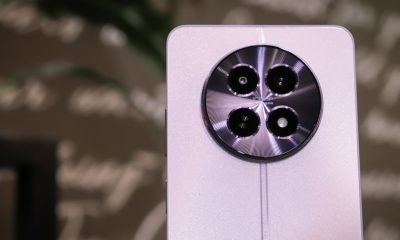
 Reviews1 week ago
Reviews1 week agorealme 12 5G review: It was enchanting to meet you
-

 Reviews4 days ago
Reviews4 days agoOnePlus 12R review: Making sense of OnePlus’ latest flagship
-
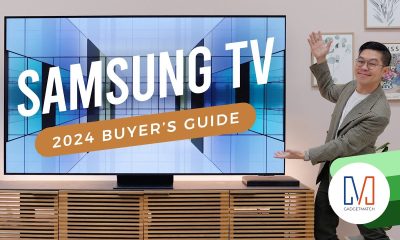
 Buyer's Guide2 weeks ago
Buyer's Guide2 weeks ago2024 Samsung TV: Buyer’s Guide
-

 Reviews2 weeks ago
Reviews2 weeks agoJBL Soundgear Sense review: Make every run magical
-
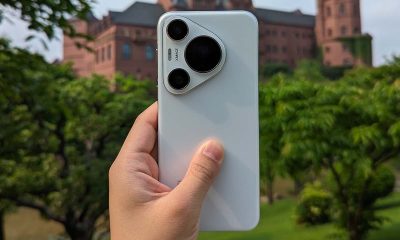
 Smartphones3 days ago
Smartphones3 days agoHuawei Pura 70 Pro Unboxing and First Impressions
-

 Reviews2 weeks ago
Reviews2 weeks agoChallengers review: A thrilling drama wrapped as a tennis anime
-
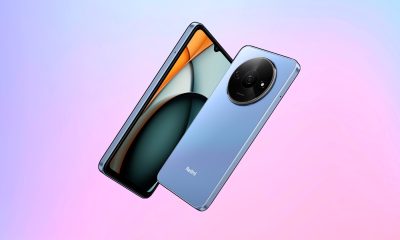
 News1 week ago
News1 week agoXiaomi Redmi A3 Philippine pricing, availability
-

 Smartphones1 week ago
Smartphones1 week agoInfinix NOTE 40 Pro+ 5G: Philippine pricing, availability










